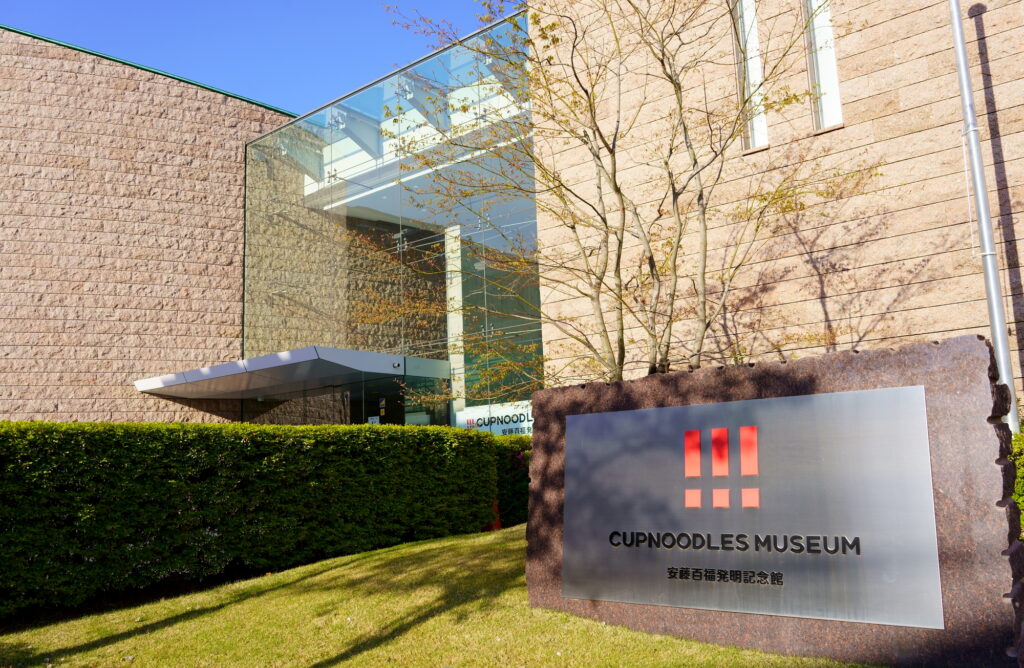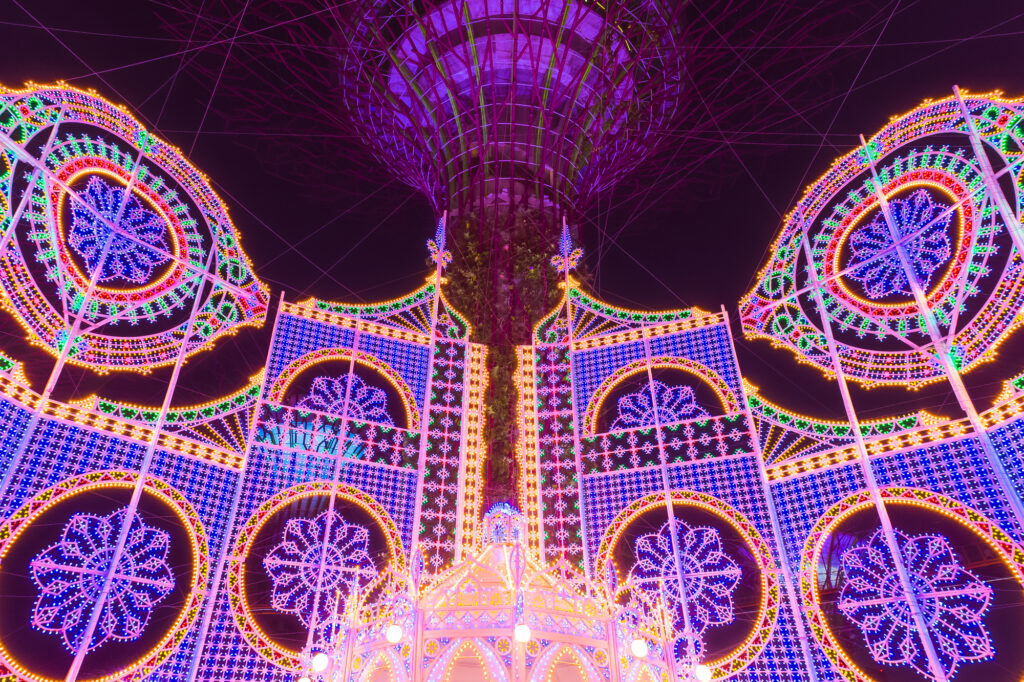Temperature and Clothing
Temperatures range from about 0 to 10 degrees Celsius.
Heavy coats, gloves, and scarves are required.
Wear comfortable, non-slip shoes.
Kinkakuji Temple (Kyoto)
Kinkakuji Temple, a World Heritage site, is said to be most beautiful when covered with snow, and it is exceptional to see the temple standing amidst the snow-white gardens and trees.




Sumiyoshi Taisha Shrine (Osaka)
It is also a national treasure and a historic shrine that attracts many visitors during the New Year's holiday.
It is also the oldest shrine in history with a special shape, and the anti-bridge and more than 260 stone lanterns in the precincts are designated cultural assets.



Cupnoodles Museum (Osaka)
Momofuku Ando, founder of Nissin Foods, developed the world's first instant ramen.
Here, visitors can experience making their own chicken ramen and original cup noodles.
Reservations are required for the Chicken Ramen Factory.


Kobe Ijinkan (Kobe)
The town was founded by foreigners who had left their homeland and built mansions on a hill overlooking the sea to recall their homeland.
The area is lined with Western-style buildings dating back to the Meiji period and is designated as a national Important Preservation District for Traditional Buildings.
There are many nice stores around.
The Christmas season is romantic.



Port Tower (Kobe)
Kobe has both sea and mountains, each with its own tourist attractions.
The view from the symbolic Port Tower is also lovely.
In December, there is an illumination event at Kobe Luminarie.




Nankinmachi (Kobe)
Along with Yokohama and Nagasaki, it is one of the three major Chinatowns in Japan.
You can also walk around the exotic streets and enjoy delicious gourmet food.
The "Spring Festival" is held around the end of January or beginning of February to celebrate the lunar New Year, and is designated as a local intangible folk cultural asset.




Kuromon Market (Osaka)
This market is located in Minami, Osaka.
It is a shopping district with a long history, dating back to the late Edo period.
There are all kinds of stores, including produce, fresh fish, and meat stores, where you can eat your way through the market.
Because of the increasing number of foreign tourists, there are signs, multilingual, and rest areas with WIFI and foreign currency exchange.



